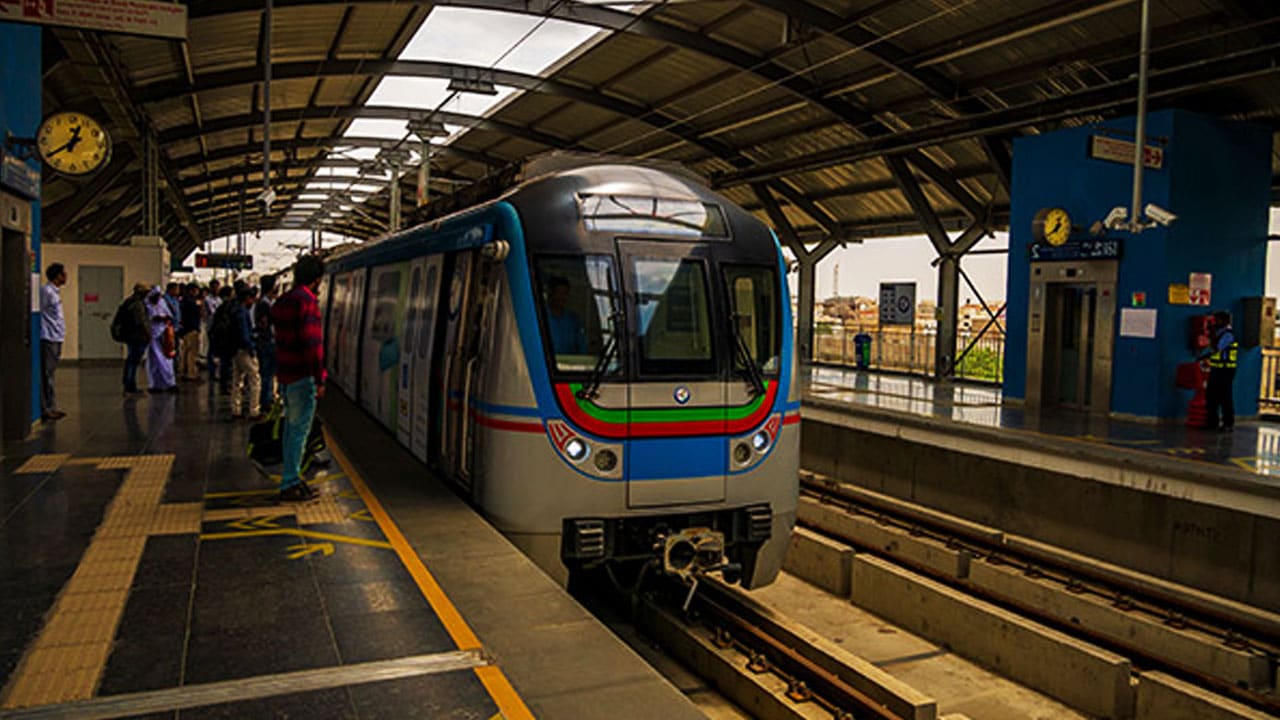Hyderabad: With daily metro ridership touching 5.5 lakh passengers, the Hyderabad Metro Rail Corporation (HMRC) is preparing to increase the frequency of metro trains to manage the growing rush. While the demand for additional coaches has been rising, officials say that expanding the number of coaches is not immediately feasible. Instead, the corporation is examining ways to adjust train movement to reduce congestion.
Currently, metro trains run at an interval of three minutes. HMRC is now testing a plan to reduce this gap to two minutes, enabling more frequent services on busy routes. The proposal is in its experimental stage, and a feasibility assessment will determine if the change can be implemented permanently.
Also Read: Fancy Numbers Get Costlier in Telangana as Online-Only System Begins
As passenger numbers surge, commuters say that metro travel is becoming increasingly uncomfortable—especially during peak hours when coaches are packed to capacity. With no scope to immediately procure or deploy new coaches, officials believe that increasing train frequency is the most practical short-term solution.
At present, each three-coach train carries around 900 passengers, and trains arrive every three to five minutes depending on the route and time of day. HMRC hopes that a two-minute service interval will ease crowding by ensuring that passengers have continuous access to relatively emptier trains, reducing long wait times.
A long-standing issue
The rising ridership has renewed calls for expanding Hyderabad Metro services and adding more coaches. Although proposals for additional rakes were floated earlier, they have not materialised due to funding constraints and the long production timelines required for new coaches—typically up to one year.
Officials believe that even without additional coaches, reducing the frequency of services could temporarily relieve crowding. The experimental phase will determine whether the system can safely and efficiently support trains running every two minutes.
If successful, the adjustment could significantly improve the commuting experience for Hyderabad’s metro users.
